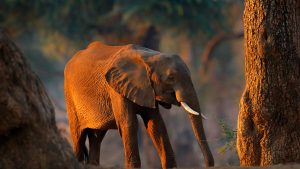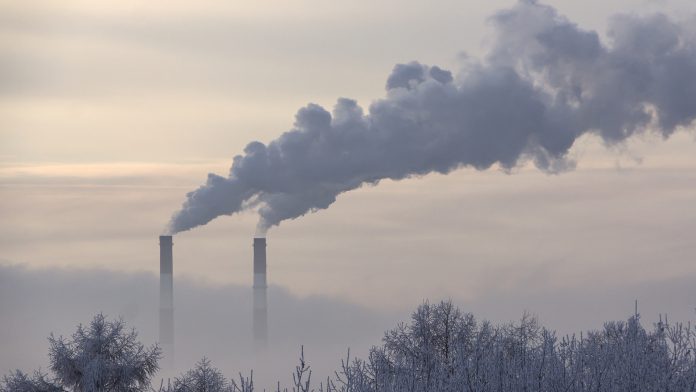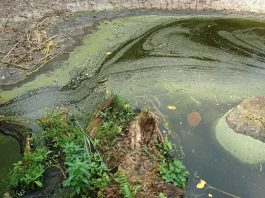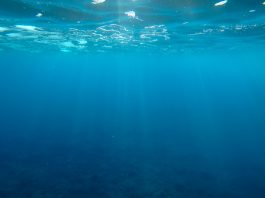A new study, led by the Yale School of the Environment, has found that global wildlife conservation could enhance natural carbon capture and storage by boosting ecosystem carbon sinks.
The study, led by Yale School of the Environment Oastler Professor of Population and Community Ecology, Oswald Schmitz, examined nine wildlife species — marine fish, whales, sharks, grey wolves, wildebeest, sea otters, musk oxen, African forest elephants, and American bison. The data revealed that wildlife conservation could facilitate the additional capture of 6.41 billion tonnes of carbon dioxide per year. This is around 95% of the amount needed annually to meet the Paris Agreement target of removing enough carbon from the atmosphere to keep global warming below the 1.5°C threshold.
“Wildlife species, throughout their interaction with the environment, are the missing link between biodiversity and climate,” Schmitz said. “This interaction means rewilding can be among the best nature-based climate solutions available to humankind.”
The paper, ‘Trophic rewilding can expand natural climate solutions,’ co-authored by 15 scientists from eight countries, is published in Nature Climate Change.
Animals play a critical role in the carbon cycle
The team showed that wild animals play a major role in controlling the carbon cycle in terrestrial, freshwater, and marine ecosystems. This is through a wide range of processes, including foraging, nutrient deposition, disturbance, organic carbon deposition, and seed dispersal.

The presence and absence of animals influence the dynamics of carbon uptake and storage. Without wildlife conservation across the globe, areas where animals are endangered could flip from carbon sinks to carbon sources.
Wildlife conservation should be utilised for climate change mitigation
Over the last 50 years, the world’s wildlife populations have declined by almost 70%. The study revealed that the climate crisis and biodiversity crisis are not separate issues, and the restoration of animal populations should be included in the scope of nature-based climate solutions. Rewilding animal populations to enhance natural carbon capture and storage is called animating the carbon cycle.
The team believes that the conservation of other species, including the African buffalo, white rhino, puma, dingo, Old and New World primates, hornbills, fruit bats, harbour and grey seals, and loggerhead and green turtles, also has high potential to help mitigate climate change.
“Natural climate solutions are becoming fundamental to achieve the goals of the Paris Climate Agreement, while creating added opportunity to enhance biodiversity conservation,” the study stated.
“Expanding climate solutions to include animals can help shorten the time horizon over which 500GtCO2 is drawn out of the atmosphere, especially if current opportunities to protect and rapidly recover species populations and the functional intactness of landscapes and seascapes are seized on. To ignore animals leads to missed opportunities to enhance the scope, spatial extent, and range of ecosystems that can be enlisted to help hold climate warming to within 1.5°C.”





